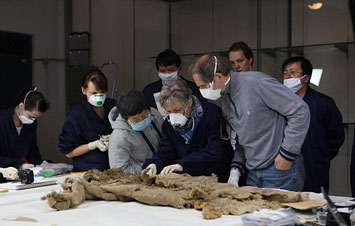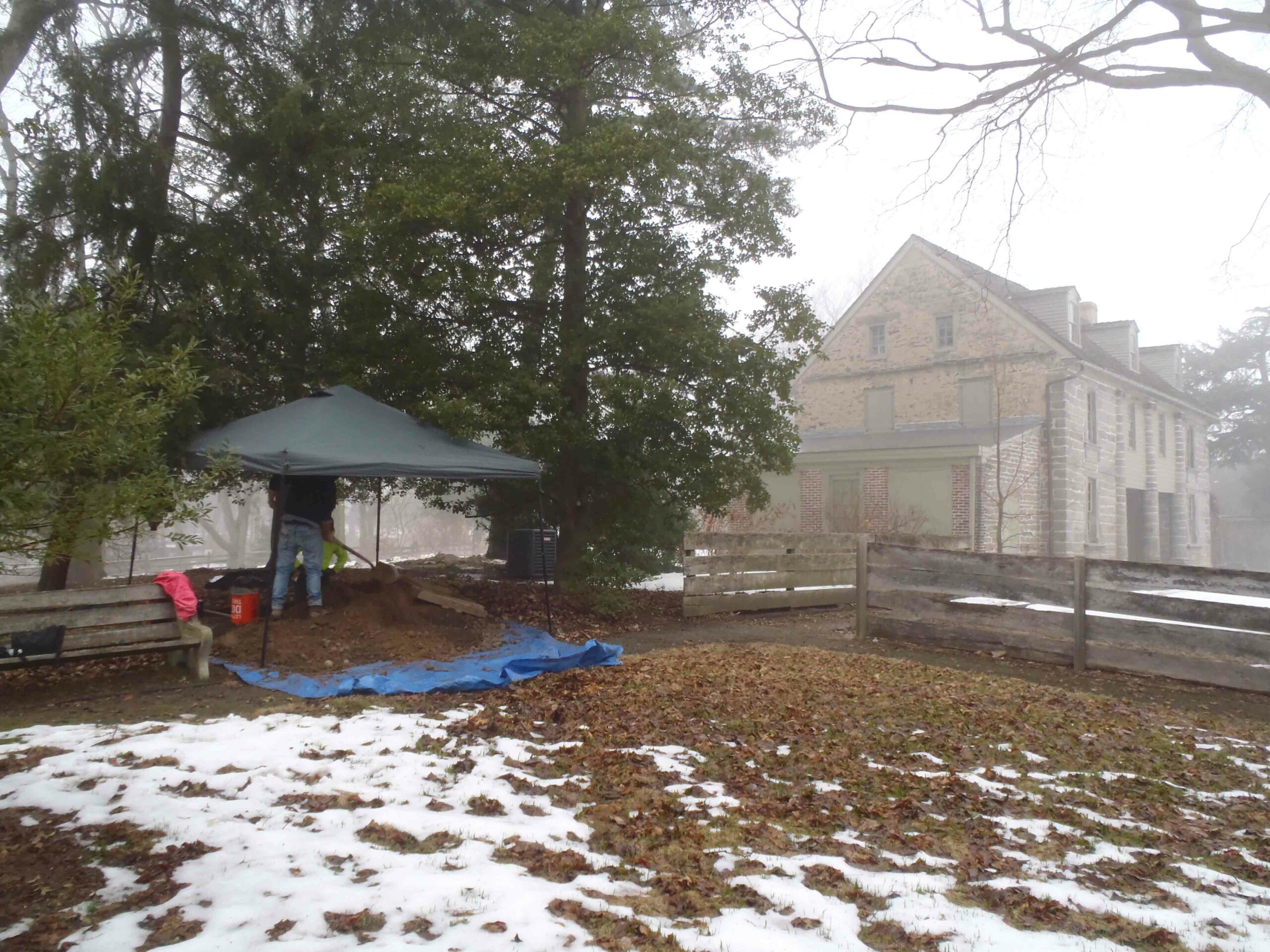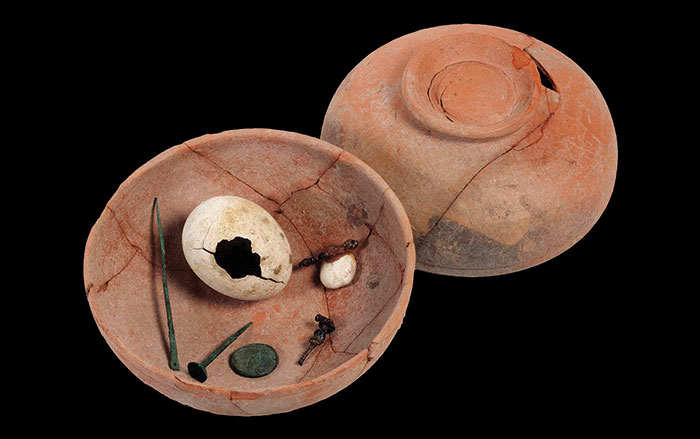
BERLIN, GERMANY—Science News reports that the remains of two men wearing trousers have been recovered from the Yanghai graveyard in China’s Tarim Basin by Ulrike Beck and Mayke Wagner of the German Archaeological Institute. They say that the trousers are the oldest known examples of their kind. Dated to between 3,300 and 3,000 years ago, the pants have straight-fitting legs and a wide crotch. They were sewn together from three pieces of wool cloth that had been woven on a loom to the correct size, and fashioned with side slits, strings at the waist for fastening, and designs on the legs. One of the men had been buried with a decorated leather bridle and a wooden bit, a battle ax, and a leather bracer for arm protection. The other man was accompanied by a whip, a decorated horse tail, a bow sheath, and a bow. “This new paper [in Quaternary International] definitely supports the idea that trousers were invented for horse riding by mobile pastoralists, and that trousers were brought to the Tarim Basin by horse-riding peoples,” commented Victor Mair of the University of Pennsylvania.










